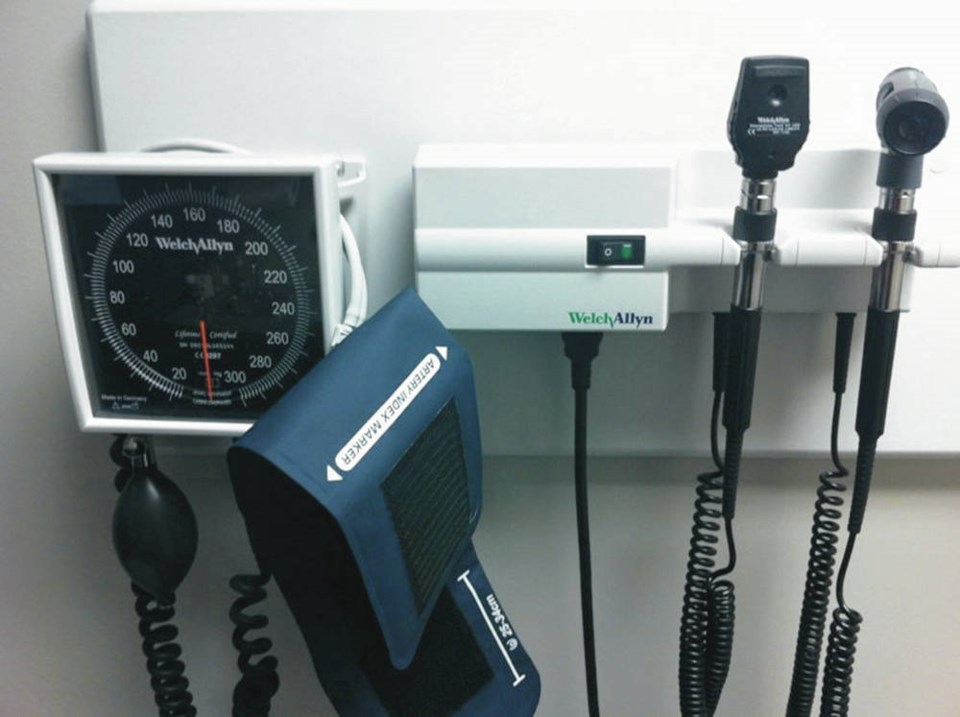A new report by the Commonwealth Fund raises serious questions about the quality and fairness of Canada’s health-care system. In a review of 11 OECD countries, we come second last.
The Commonwealth Fund is an American non-profit think-tank that advocates for improved health services.
Lest this sounds like our neighbours up to their old game of rubbishing Canucks, the U.S. scores dead last in the review.
Here are a few of the findings. We stand 10th in access to care. Ditto in equity — meaning the difference in care received, respectively, by rich and poor patients.
Again we come in 10th out of 11 in patient outcomes. In each of these measures, the U.S. comes in last.
We have the second-highest chronic disease burden. We have the second-highest average length of stay in hospital.
And yet Canada’s health-care spending, as a per cent of GDP, is right at the average for those 11 countries.
There appear to be two main reasons for our poor performance.
We have shockingly inadequate mental-health programs. And our family physicians, in particular, are weighed down with cumbersome paperwork and stultifying bureaucracy.
Some care is needed with these numbers. Each country uses its own definitions, and the best we can come up with are approximations.
Nevertheless, by any reasonable standard, our health-care system is failing Canadians.
Two of the findings in particular point at an underlying cause. As noted, we have the second-highest chronic disease burden, and the second-highest average length of stay in hospital.
Both of these can be traced, at least in part, to the fact that we lack an efficient family-physician service.
High chronic disease burdens reflect inadequate patient care. And patients are staying too long in hospital, because hospitals have become a substitute for a functioning family-physician service.
Yet it’s not that we lack sufficient doctors. Across the OECD, we have a higher than average number of family physicians per capita.
Notably, the University of B.C. has increased its family medicine residency program from 54 entry positions in 2004, to 174 in 2020.
And from what data is available, we pay family doctors around the OECD average.
Part of the problem is that over the past two decades, a number of family physicians have abandoned their practices to become “hospitalists.”
A hospitalist performs basically the same forms of care that a family physician does, but in a hospital setting, not in the community.
The advantages are both obvious, and suggestive. Working out of a hospital, all of your administrivia are taken care of. You don’t have to rent an office, furnish it, hire staff, fill in forms, etc.
We call this transformation “suggestive,” for it points toward a solution.
The traditional model of family practice resembled a small business. An entry-level physician set up shop, or more often bought a practice from a retiring colleague, and ran the show.
This offered a degree of independence from government busybodies that many doctors found appealing, and some still do.
But modern family practice is enormously more complex than in days gone by. Every week new drugs come on the market. Every month new studies raise questions about best practice.
One solution is the community clinic model, where doctors, working on salary, are free to spend their time seeing patients, with the assistance of nurses, social workers and other allied professions. Paid staff handle the paperwork.
The provincial Health Ministry is promoting this approach — but then, it was doing that 30 years ago.
Nevertheless, if other countries can offer effective and equitable health care, so can we.
This should be a major issue at the next federal election.
- - -
To comment on this article, write a letter to the editor: [email protected]



